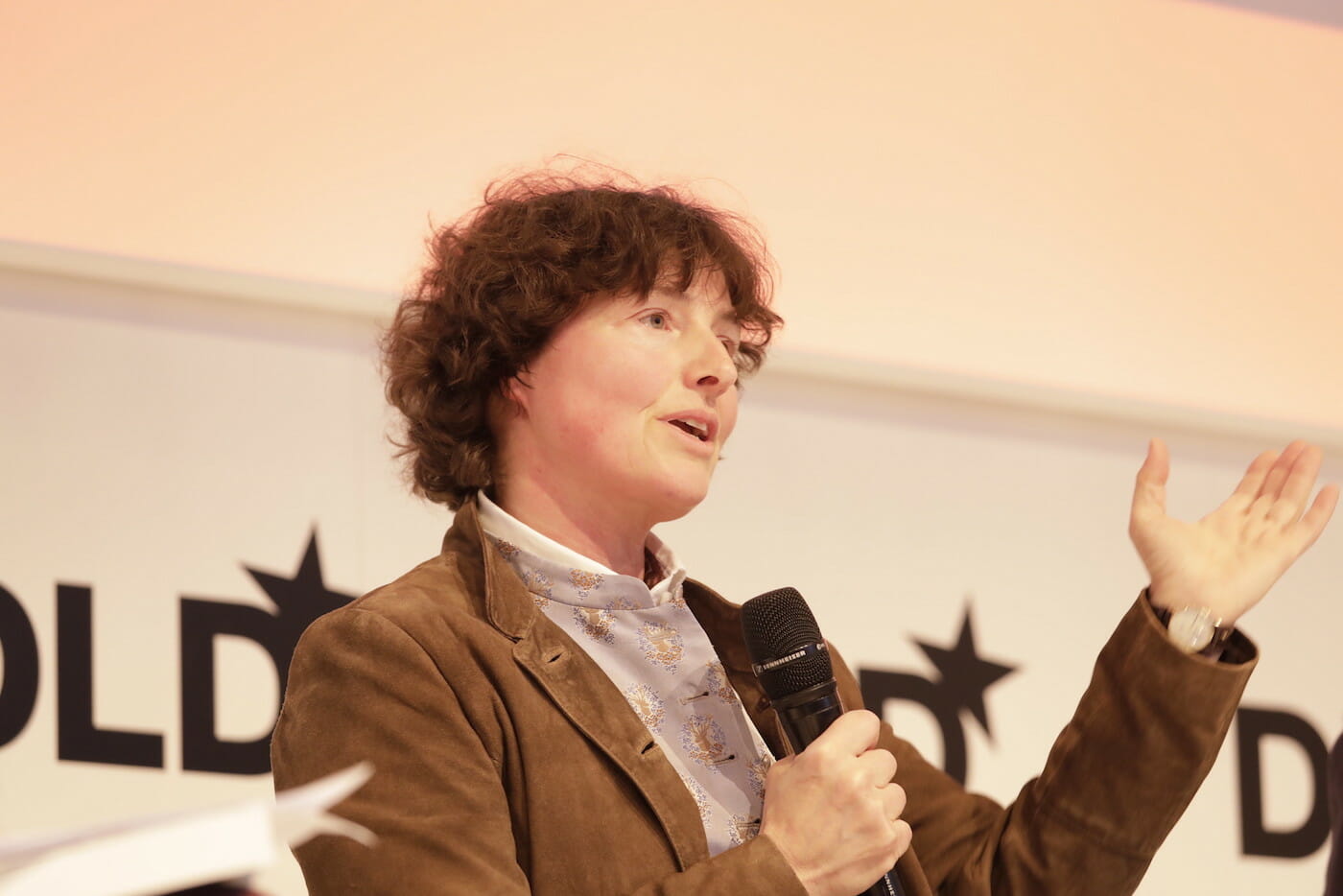One important part of DLD’S DNA are the life sciences. Breaking it down to the essentials, Petra Schwille, Director of the Max Planck Institute of Biochemistry, works on defining what life actually means: What is the difference between living and non-living entities? She is joined by Dimitar Sasselov, Professor of Astronomy at Harvard University. Dimitar examines the possibilities of life on exoplanets.
What is the minimal representation of life? All living things are composed of cells being the basic units of life, Petra explains. Researching the essence of life, you will have to look at cells and their reproduction. Cells are always created by former cells which of course brings up the question of the origin of life. Where did the first cell come from? Petra gives us a quick glimpse into her research of oscillating proteins and how they self organize and create patterns through energy. One of the questions she examines is if the division we see in cells could also be engineered.
While Petra works on understanding the quality of life and its reproduction, Dimitar focusses on the question: Does life exist elsewhere? He shows us images of NASA’s Cassini mission. Pictures of the moon of planet Saturn and its geysers that emerged through the sub-surfaced oceans. While the Cassini mission had to be discontinued, Dimitar details how we could send small satellite chips to the planet to look for signs of life there.
